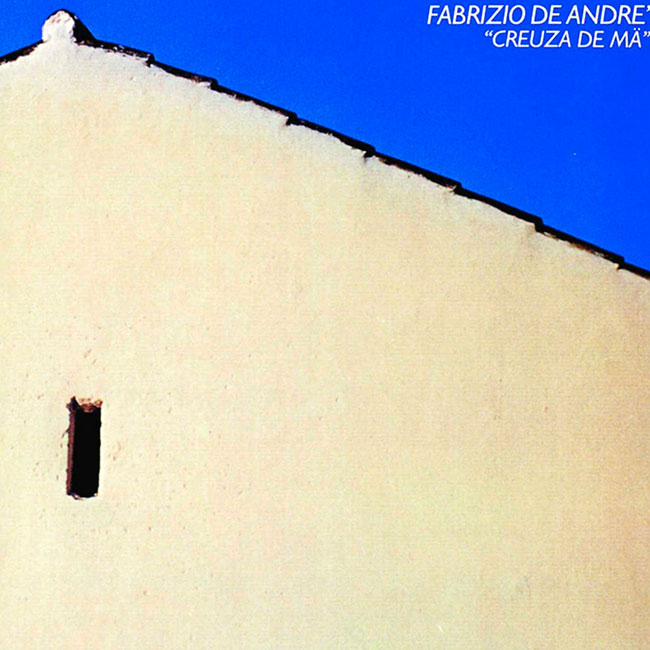Creuza de mä

At times I felt proud, and at other times let down. But always, at any rate, a little ashamed to find myself almost forced to leaf through, to scrutinize the specialized magazines with my eyes bugging out like snail’s eyes, to see what position my latest so-called recorded product had reached in the charts. Because this meant that the record, as a consumer object, had become more important than the songs that made it up, that were its reason for being, and which I sincerely felt I had experienced. Mauro Pagani thought the same thing, perhaps also for this reason: mutual esteem, the common project, the attempt to bring the song back to its primary role. In fact, still today, songs in some so-called primitive ethnic groups, have the fundamental task of freeing people from suffering, of alleviating pain, of exorcising evil.
Of course we recorded the songs anyway, with good technical results. However, I think that never as in the case of Creuza de mä, of this “mule track by the sea”, a deliberately approximate translation, as much as I wished to describe it precisely, never as in this case – I said – did the album play a much smaller role than the songs that gave it life. I also said it was like the role the shoelace plays with a shoe, or even a moccasin.
There are undoubtedly other reasons why we decided to make these kinds of songs. All equally important reasons that I honestly could not put in order of importance. For example, the stylistic choice. Once we’d singled out the ethnic instruments that, in what some called a small Odyssey, were intended to provide the atmosphere of the Mediterranean basin, from the Bosphorus to Gibraltar, it was necessary to adapt, to the sounds that these instruments reproduced, a language that would slide above it, which used sung phonemes (therefore independently of their immediate comprehensibility) to evoke the same atmospheres that the instruments evoked. We believed that the most suitable language seemed to be Genoese, with its diphthongs, its hiatuses, its wealth of nouns and adjectival cores that you can shorten or lengthen almost like the cry of a seagull.
Excerpt from: Sassi, Claudio/Pistarini, Walter, De Andrè Talk. Le interviste e gli articoli della stampa d’epoca, Rome, Coniglio Editore, 2008, pp. 275-276
